News
Jul. 28, 2022
Disc brakes are responsible for stopping your vehicle. They consist of three main parts: brake pads, a caliper, and a rotor. Brake pads are located on each side of the rotor and are actually pushed against the rotor to stop the wheel and thereby stop your vehicle. The pads create the necessary friction to stop the vehicle.
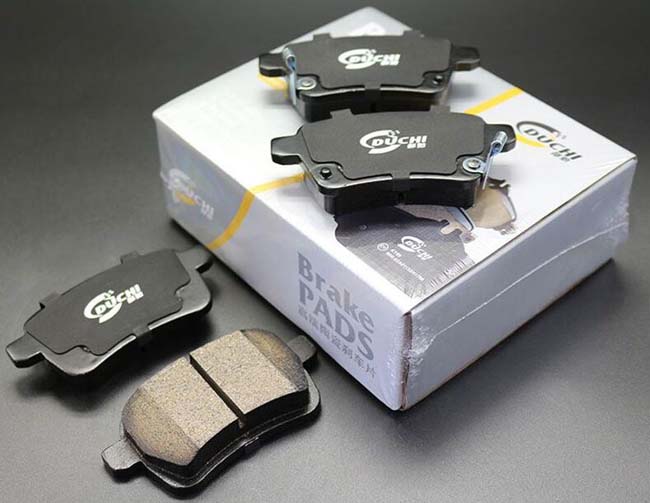
The caliper is a device located over the top of the rotor and contains both brake pads. There are two types of calipers: floating calipers and fixed calipers. A floating caliper can compress itself and contains only one piston. When the brakes are applied, brake fluid will force the piston into the brake pad, which will press against the rotor. Then, the other side of the caliper will press the other brake pad against the rotor to stop the wheel and vehicle. A fixed caliper doesn’t move; so, it contains two pistons located on each side of the rotor.
When the brakes are applied, brake fluid forces both pistons into each brake pad, which press against each side of the rotor, to stop the wheel and vehicle. The rotor is an iron disc connected to the tire’s hub. Rotors work hand-in-hand with brake pads to stop your vehicle. Again, when you step on your brake pedal, your vehicle’s brake pads are compressed against the rotor creating friction. This friction enables your vehicle to stop while also creating a tremendous amount of heat. Rotors consist of two iron discs connected by ribs. When the brakes are applied, the brake pads are pressed to both iron discs. There are many different rib designs for rotors, but they all do the same thing. They aid in dissipating the large amounts of heat created by the friction between the rotor and brake pads. These ribs allow the hot air to vent from the rotor and also direct air in to cool the rotor. It is very important for rotors to be able to dissipate the large amount of heat so they can work properly.
The only difference is that rear disc brakes must include a parking/emergency brake. Parking brakes must be completely separate from your vehicle’s regular hydraulic brakes in case your regular brakes ever completely failed. There are two ways a parking brake is connected to a rear disc brake. First, rear disc brakes contain a corkscrew device that, when the parking brake is applied, pushes a piston into the brake pad to stop the vehicle. Rear disc brakes can also include a separate drum brake system so that when the parking brake is applied, the parking brake’s cables will pull a lever in the drum brake that compresses the brake shoes to stop the vehicle.
The most common setup is a jackscrew setup. This is a typical single piston rear caliper, as found on most vehicles with rear disc brakes. The parking brake cable connects to the spring-loaded lever at the top of the caliper, which compresses the piston via a jackscrew. This squeezes the pads on the disc, which activates the brakes. Because the entire setup is self-contained in the caliper and needs no other equipment, this simple and inexpensive setup is the most common type of rear parking brake for rear discs. However, this setup only works on floating calipers. So it is not suitable for high-end vehicles employing multi-piston calipers.
Perhaps the oldest and (interestingly) well-known parking brake setup for rear discs is the Banksia Brake. In this setup, the parking brake is a small drum brake inside of the hat of the rear brake rotor. This setup works quite well. And, unlike the jackscrew setup, it can be used with multi-piston calipers. But it is rather complex and, therefore, more expensive than the jackscrew setup. It is also difficult to implement on custom installs for vehicles that are upgraded to rear discs.
Another setup that has become more popular in recent years is the use of a separate parking brake caliper.
Here, a second caliper is used solely for the parking brake. It is very much like the jackscrew caliper. But this smaller caliper has no hydraulics - it is purely cable operated. The service brake function is handled by a separate, larger caliper that is hydraulically operated. This system has the advantage of simplicity compared to a Banksia Brake. It is MUCH easier to both install on custom applications and maintains compared to a Banksia Brakes. Thus, it is commonly used for high end aftermarket rear disc conversions.
Related News
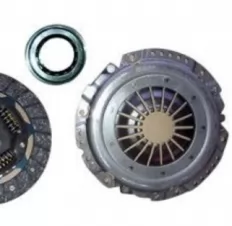
Function and Characteristics of Automotive Clutch
Jun. 28, 2023
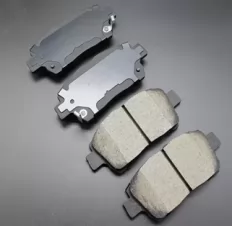
Brake Shoe vs. Brake Pad: What's the Difference?
Jun. 16, 2023
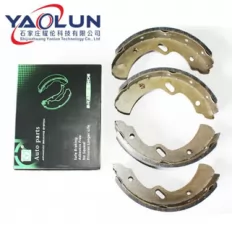
Common Signs of Worn-out Brake Shoe
May. 26, 2023
Product Categories
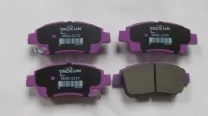
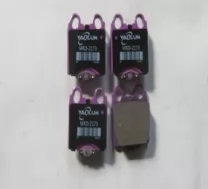
Brake Pads MKD2173 LEXUS,TOYOTA GS,IS,SC,Crown,Majesta, Royal 1jz ,2jz,1G 1997-2011 REAR
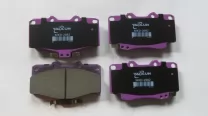
Brake pads MKD2082 TOYOTA L/C 1990-1998 Lexus LX450 1996-1997 FRONT
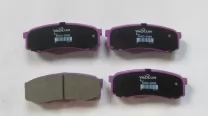
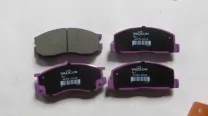
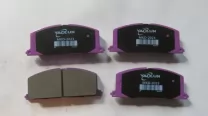
Brake pads MKD2023 Toyota AE90/100/110 Caldina,Carina,Corolla,corona front 1998-2002
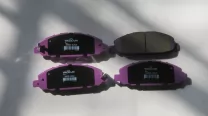
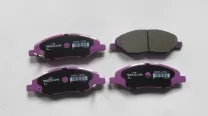
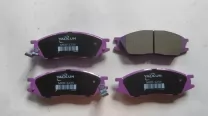
Brake pads MKD1233 NISSAN Almera II CC 1.5,1.8,2.2 2002 Front
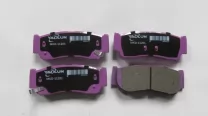
Brake Pads MKD-11201 HYUNDAI SANTA FE CC 2.2,2.7(HUATAI)front
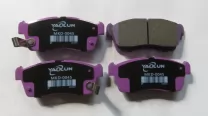
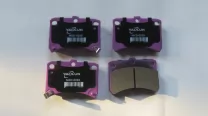
Brake pads MKD-0038 DAIHTSU Cuore VI(L7),Hijet, PERODUA,1998-2003
Navigation
Subscribe To Our Newsletter
Stay in touch with us to get latest news and discount coupons